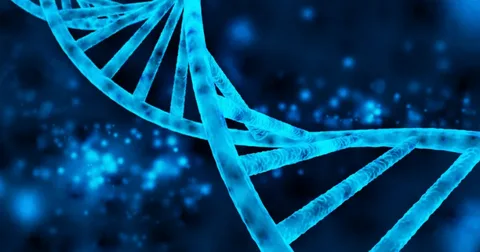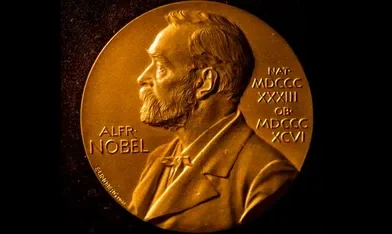Introduction
ADN, short for ácido desoxirribonucleico in Spanish, is the molecule better known in English as DNA. It is the hereditary material found in nearly all living organisms and is often described as the blueprint of life. ADN carries the instructions that tell cells how to function, grow, and reproduce. Without it, life as we know it would not be possible. The study of ADN has not only deepened our understanding of biology but has also transformed medicine, genetics, and even criminal investigations.
Structure of ADN
The structure of ADN is both elegant and efficient. It resembles a double helix, a twisted ladder with two strands running opposite each other. The sides of the ladder are made of sugar and phosphate molecules, while the rungs are pairs of nitrogen bases. These bases are adenine, thymine, cytosine, and guanine. Adenine always pairs with thymine, and cytosine always pairs with guanine. This specific pairing allows ADN to replicate accurately, ensuring that genetic information is passed on reliably during cell division.
Functions of ADN
The primary function of ADN is to store genetic information. This information is organized into genes, which act as instructions for making proteins. Proteins are essential molecules that perform a wide range of tasks, from building muscle and bone to regulating chemical reactions. Beyond proteins, ADN also controls when and where these proteins are produced, making it a master regulator of life processes.
ADN and Inheritance
One of the most fascinating aspects of ADN is its role in inheritance. When organisms reproduce, they pass on copies of their ADN to their offspring. In humans, half of the ADN comes from the mother and half from the father. This mixing creates genetic diversity, which is essential for adaptation and survival. Mutations, or small changes in the ADN sequence, sometimes occur naturally. While some mutations can cause genetic disorders, others can lead to beneficial traits that improve survival, driving the process of evolution.
Medical Applications
The study of ADN has revolutionized medicine. Genetic testing allows doctors to identify risks for inherited diseases and conditions, enabling early treatment or prevention. Personalized medicine, which tailors treatment to an individual’s genetic profile, is becoming increasingly common. Advances in genetic engineering, such as CRISPR technology, even allow scientists to edit ADN with precision. This opens the door to curing previously untreatable conditions, though it also raises ethical questions about how far we should go in altering the genetic code.
ADN in Forensics
ADN has become a vital tool in criminal investigations. Because each person’s ADN is unique (except identical twins), it can be used to identify individuals with great accuracy. Law enforcement agencies use ADN profiling to solve crimes, determine paternity, and even identify victims of disasters. Its reliability has made ADN one of the strongest forms of evidence in modern forensics.
Role in Evolution
Studying ADN has also given scientists powerful insights into evolution. By comparing ADN sequences across species, researchers can map out relationships and determine how organisms are related. This has helped build the evolutionary tree of life, showing how all living things are connected. Human ADN studies have traced migrations of ancient populations, shedding light on where our ancestors lived and how they spread across the globe.
Ethical Considerations
With the power to understand and manipulate ADN comes responsibility. Questions about privacy, genetic discrimination, and the possibility of creating genetically modified humans continue to spark debate. While the ability to cure diseases and prevent suffering is a positive outcome, society must also consider the consequences of altering the very foundation of life. Ethical discussions ensure that scientific progress is balanced with respect for human values and natural diversity.
Conclusion
ADN, or DNA, is far more than just a molecule—it is the foundation of life itself. Its double-helix structure, role in inheritance, and ability to guide cellular functions make it one of the most important discoveries in science. From medicine and forensics to evolutionary studies, ADN continues to shape our understanding of life and our future. As technology advances, the knowledge of ADN will remain central to solving many of the mysteries of biology while raising important questions about how we use this knowledge responsibly.












Comments are closed